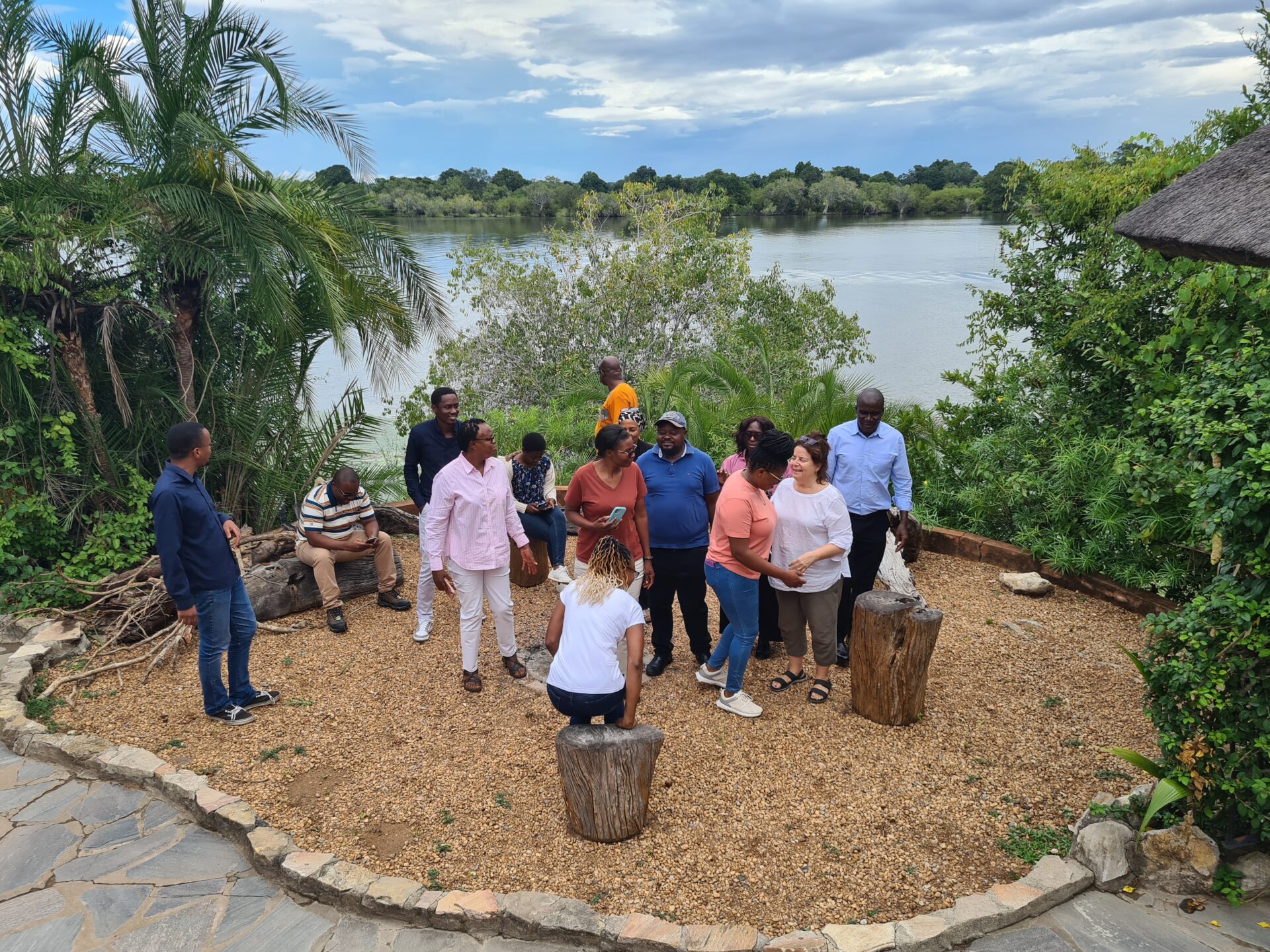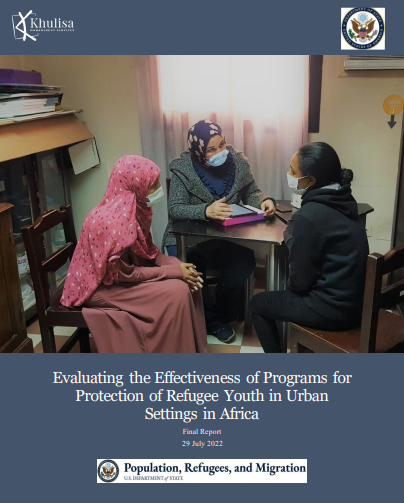Date: August 25, 2020
Khulisa’s blog on Visual Methods attracted wide interest. In the blog we unpack three visual methodologies to use in evaluations: Autophotography, Photo elicitation and Evaluation validation. Today, we provide a few more resources to dig deeper into photo elicitation, and specifically how it can be applied in youth or children in the education sector.
- An academic article about using Photo Elicitation Interviews (PEI) with children. The authors review PEI as a method to explore the perspectives of children with cancer. It specifically looks at ethical challenges (including who would take the photographs and how it should be integrated into the interview). The article finds that although limitations exit, PEI can challenge participants, trigger memory, lead to new perspectives and assist with rapport building
- Another article where photo elicitation was used with teenagers living or attending schools in contested segregated areas of Belfast. The findings include the strengths and weaknesses of using photo elicitation in research with young people
- The New South Wales’ Education department website contains a resource portal on photo elicitation in its Evaluation Hub. It includes tips on why to use it, when to use it, how to use it, as well as strengths and limitations
- Professor Susan Groundwater-Smith uses photo elicitation techniques with teachers or student, often supplying pictures that are metaphors for the work. The book Participatory Research with Children and Young People by Groundwater Smit, Sue Dockett and Dorothy Bottrell (2015) offers a useful overview guide
- A systematic literature review of photo elicitation interviews in Education Research by Daniela Torre and Joseph Murphy
- In this article, photo solicitation is brought closer to evaluation practice. Program stakeholders and evaluators routinely generate and share digital photographs. The article discusses three frameworks for using photographs in evaluation practice: documenting social change, facilitating sense-making, and inspiring and imagining social change
- UNICEF lists photo elicitation as a potentially suitable qualitative data collection method for child protection in its Child Protection Resource Pack How to Plan, Monitor and Evaluate Child Protection Programmes


